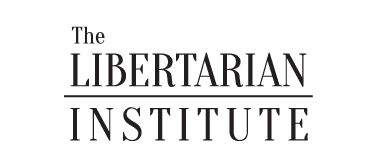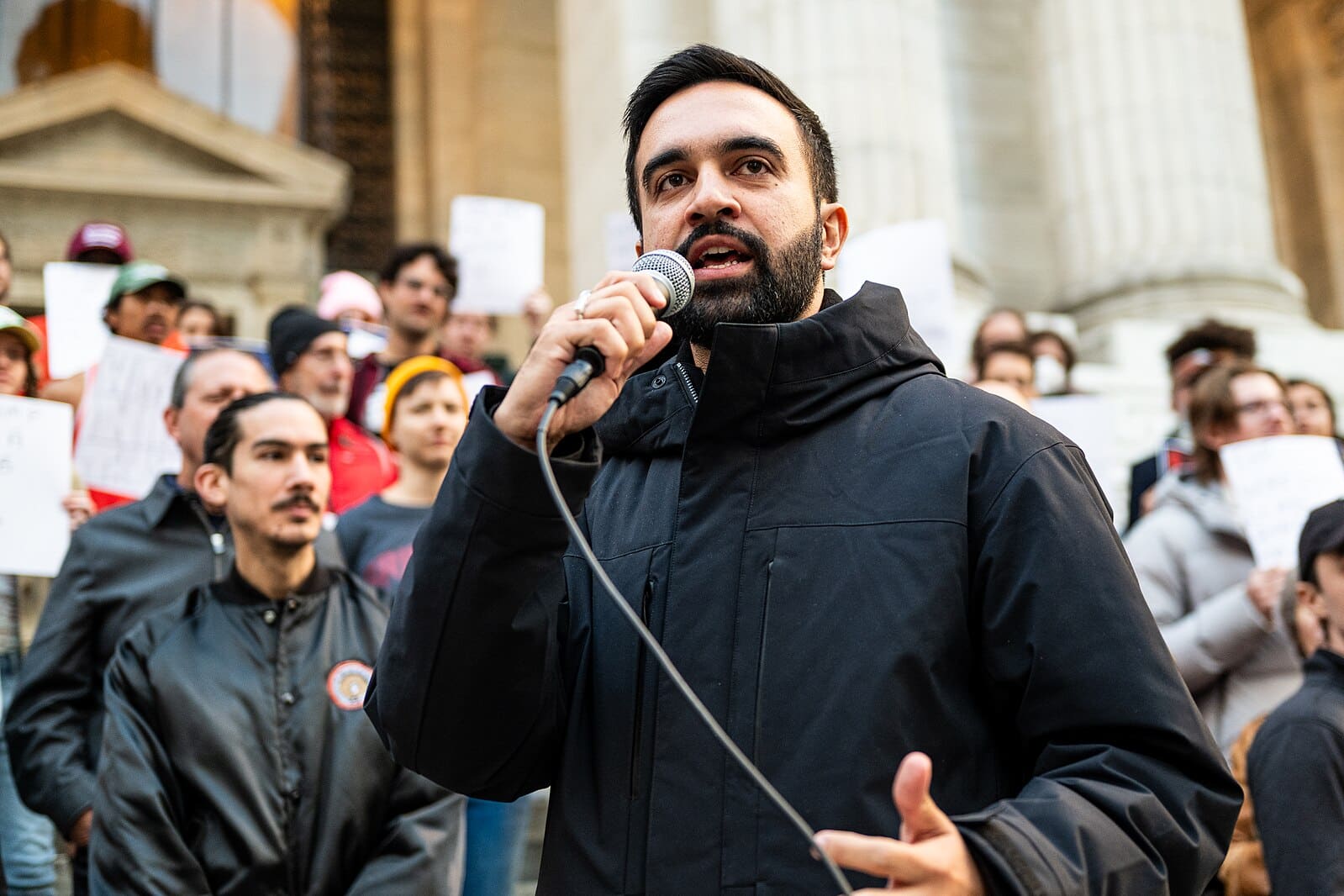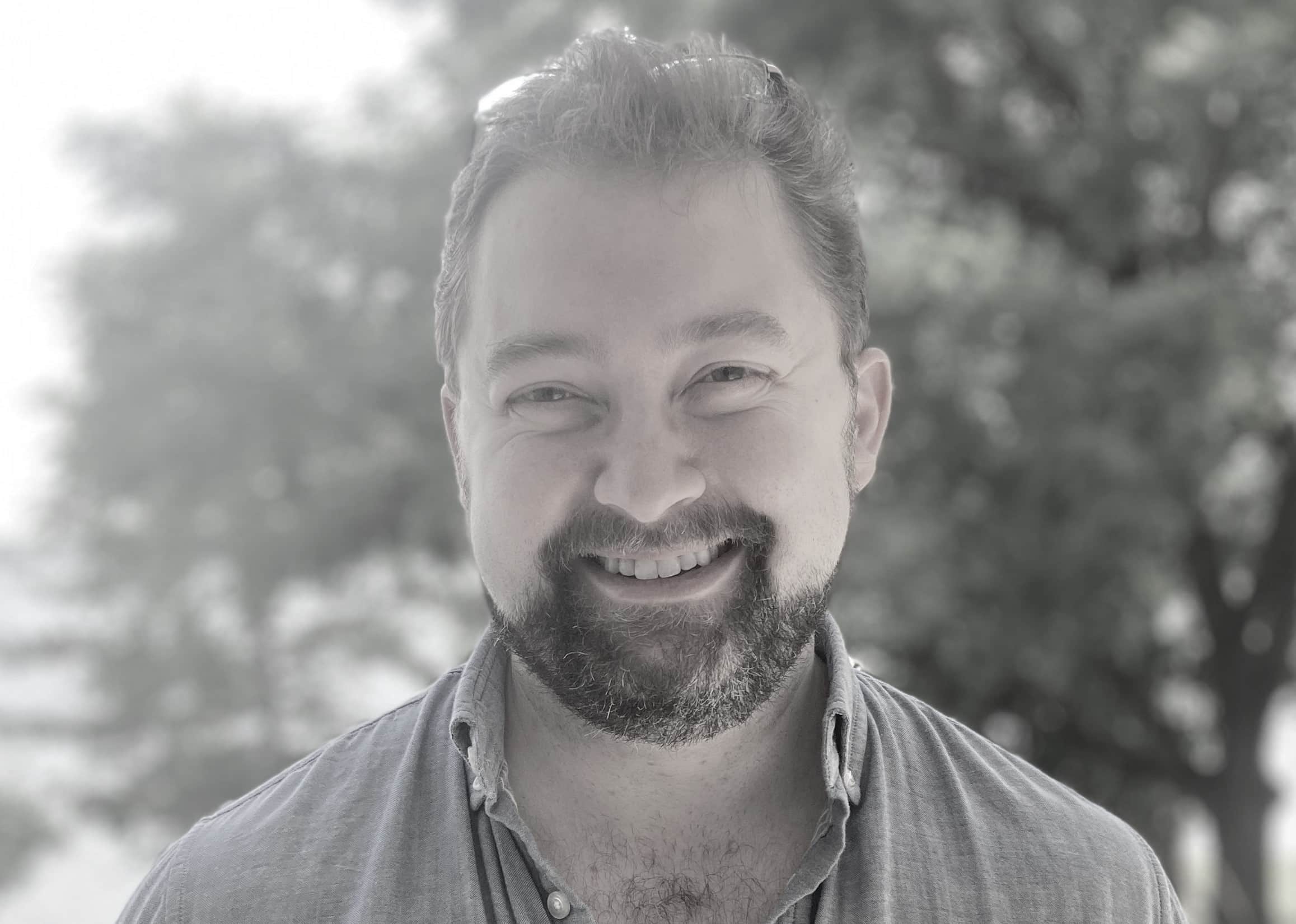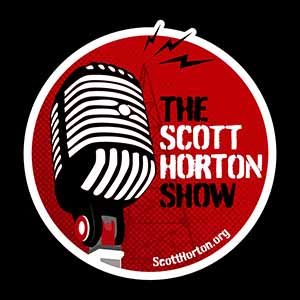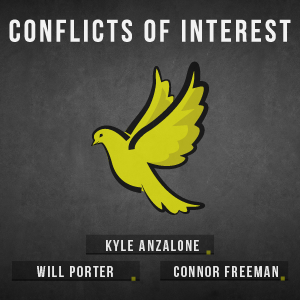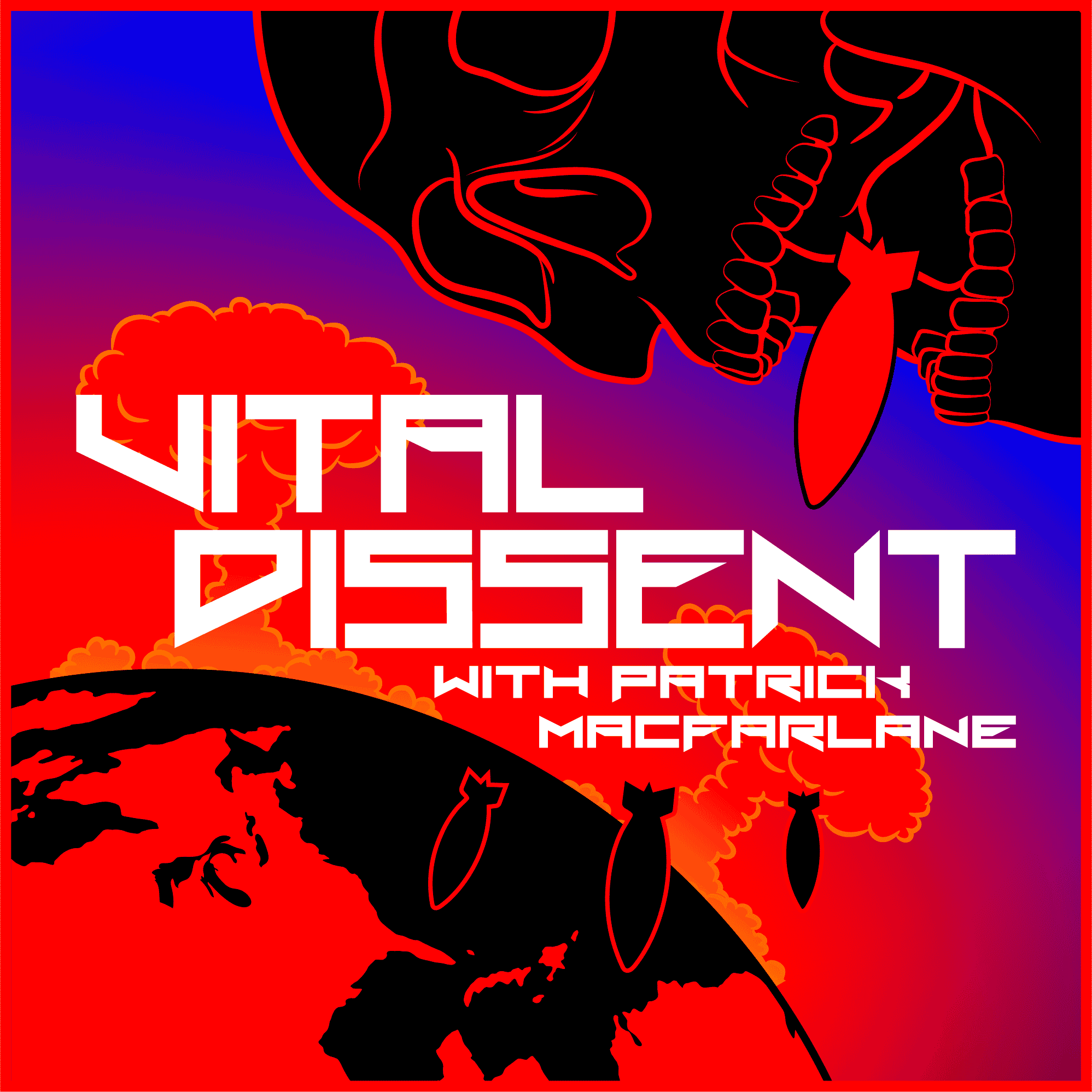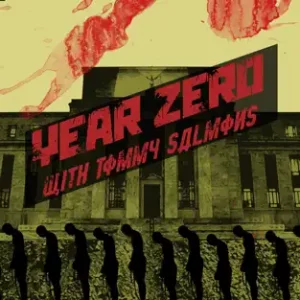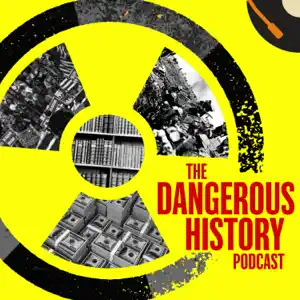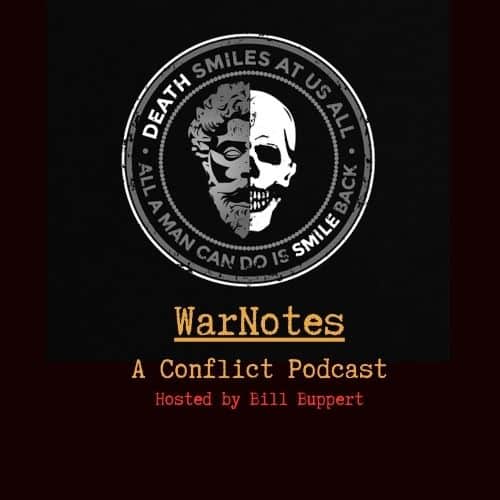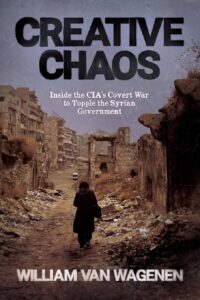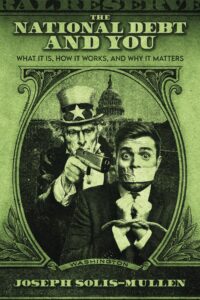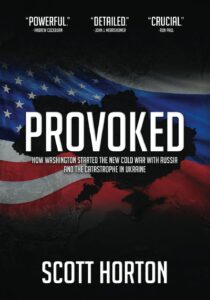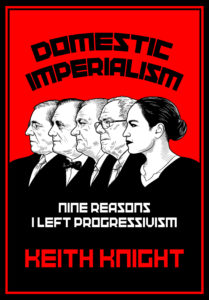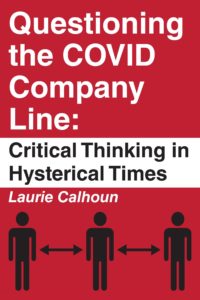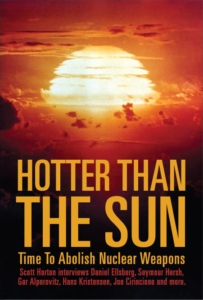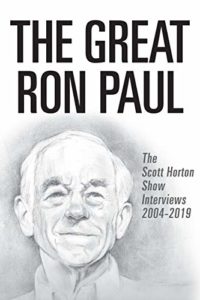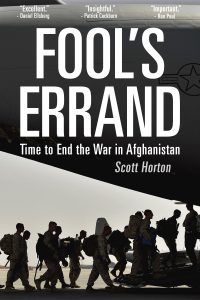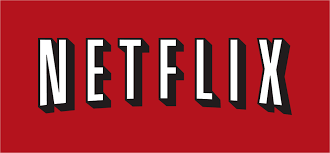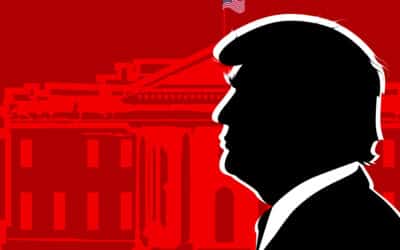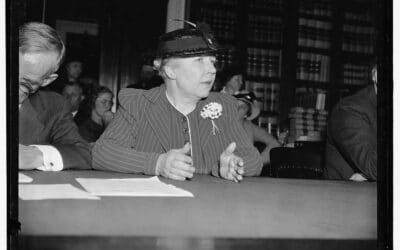Coverage of Zohran Mamdani’s run for New York City mayor is focused on the outsized politics at play in the race: democratic socialism, Islam, state-owned grocers, former Governor Andrew Cuomo, until recently incumbent Mayor Eric Adams, and President Donald Trump. But this risks missing the real story in New York, which is the decades-long creation and maintenance of a financialized, factionalized city of free market distortions and middle class displacement at the hands of powerful Zionists and their allies that led to backlash and Mamdani’s rise. Rewinding Mamdani’s catapault to politcal stardom reveals that New York’s current situation—its transition from a city hospitable to the working and middle classes and genuine free exchange of goods and services to a feudal one of government-backed financiers and service workers—is in many ways the work of a little more than a dozen Zionist financiers who twisted government to their ends.
Zionism in New York was part of a shift in the city begun by establishment-connected WASPs away from government by wards and organizers and toward rule by government-connected finance. The originator was Nelson Rockefeller, John D. Rockefeller’s grandson and the governor of New York from 1959 to 1973, who floated New York City’s bills by arranging for banks like Chase Manhattan (run by his brother David) to buy bonds. These new bonds covered the old bills even though the bonds were not backed by actual assets of the city’s but by anticipated returns; e.g. “tax anticipation bonds,” “bond anticipation notes,” and “moral obligation bonds.” This meant the city borrowed from the bankers, paid a portion of the interest, and borrowed again, while having no long-term way to pay back the full amount of ever-increasing debt.
The fix to this problem created by financiers came from financiers: a consortium set up in 1975 by Nelson Rockefeller, now vice president, to “solve” the city’s $6 billion debt. The consortium operated through various vehicles with names like the Municipal Assistance Corporation and the Emergency Financial Control Board and it achieved this “fixing” in a predictably self-interested way. It cut out of influence the city’s old political power brokers—Jewish, Irish, Italian, Puerto Rican, and black politicians with connections to their communities. It then executed a bait-and-switch. It cut city funds from supporting welfare and unions in the name of small government while actually redirecting those funds to support financial development via investing in a real estate boom driven by a handful of connected players that attracted new “talent” to the city.
The main beneficiaries were rising Wall Street power brokers, the most notable ones Zionist, for whom the 1980s was a kind of heyday. The roster included Laurence and Robert Tisch, Maurice “Hank” Greenberg, Michael Steinhardt, the Bronfmans, Michael Milken, Stephen Schwarzman, and high-end retailers like Victoria Secret’s Leslie Wexner and Leonard and Ronald Lauder, the sons of Estee Lauder and heirs to her fortune. One difficulty of critiquing a cohort like this is that the conflation of “Jewish power” and New York is an old trope, in part because New York has been, since the early twentieth century, a Jewish city. So it should be emphasized that this cohort was small and highly specific. It was distinct from older generations of New York Jews—not just Jewish ward players like Abraham Beame, New York’s last mayor under its old power dispensation, but Jewish financiers like Felix Rohatyn, who played a major role in stabilizing the city’s debt in the 1970s.
Players like Beame and Rohatyn had planted their stakes firmly in America and nowhere else. Having experienced the rise of the Nazi Party in an economically cratered Germany as a childhood reality, they were committed to creating the conditions for what they hoped would be lasting social peace. Zionists, by contrast, had their eye on the military-corporate apparatus and its ties to Israel, and they were not especially concerned with the effects of their actions on the ground. They also rejected what would become the mores of the majority of Jews and especially Jews of a later generation: intermarriage, mixing, diverse assimilation. Their style was self-consciously distinctive and gloves off, and beginning in the 1980s they executed an aggressive reinvention not just of the financial markets but of New York.
Part of this reinvention was done, much as the Rockefellers’ rise to influence in New York had been done, through philanthropy, but at a much greater scale. Among these Zionist players’ direct bequests were the Steinhardt Conservatory at the Bronx Botanic Gardens, the NYU Steinhardt School of Culture, Education, and Human Development, the NYU Tisch School of the Arts, NYU Langone’s Tisch Hospital, the Tisch Galleries at the Metropolitan Museum, the Tisch Children’s Zoo in Central Park, the Leonard Lauder Galleries at the Metropolitan Museum and the Museum of Modern Art, Ronald S. Lauder’s Neue Museum, and the NYU Bronfman Center.
Another part of this reinvention was done through real estate, which, like Wall Street, was increasingly dominated by Zionists. Perhaps most notable among them was Lawrence D. Ackman of Ackman-Ziff, the firm which redeveloped West 34th Street, West 42nd Street, and Madison Avenue on the Upper East Side in the 1970s and 1980s and turned portions of 9th Avenue into the high-end Chelsea market in the 1990s.
So far, government had been indirectly incentivizing development; then, in the 2000s, government got directly involved. Philanthropy and real estate became direct tools of government with the mayoralty from 2002 to 2014 of Michael Bloomberg, the billionaire financial services provider and the man most connected to this class by Zionism and finance. Bloomberg’s projects pushed in one direction: using government policy and finance capital to redevelop the city to create a tourist and tech mecca. His opening gambit was re-zoning 40% of the city. He then filled those rezoned spaces with public-private projects—parks, high-rises, high-end department stores—displacing middle and working class New Yorkers and driving up rents for everyone else.
This was not a free market experiment, where the best contractor gets the development job or the philanthropic bequest. This was explicitly a project of wealthy and connected Zionists with ties to the mayor. As Leonard Lauder told it to The New York Times some years later, “When Mike Bloomberg was the mayor, he was the ultimate power broker. He would call me up on the phone and say, ‘I need this and this and this, OK?’” Hollywood Zionists who came East were mobilized too, notably the media executive Barry Diller and his wife, the designer Diane von Furstenburg, and the music producer David Geffen. So was a new generation of real estate Zionists like Steven M. Ross of Related Companies, the developer of Columbus Circle, and Gary Barnett of Extell Development Company, the son of a rabbi and former diamond trader with significant holdings in Israel. So, finally, was a new generation of Zionist financiers like the hedge fund operators Daniel Loeb and Bill Ackman, Lawrence Ackman’s son.
Development proceeded from there. Bill Ackman’s first wife Karen Herskovitz and Laurence Tisch’s niece Laurie Tisch were major backers of the public park The High Line and the High Line’s anchor building, the relocated Whitney Museum of American Art. This was Bloomberg’s pioneer re-development project: a park built on former railway lines that cut through the Lower West Side to Midtown West, from 4th to 34th Street. Barry Diller and Diane von Furstenberg provided the funds for Little Island off West 13th Street west of the High Line, which “replace[d] the dilapidated Pier 54, envisioning an extraordinary new pier combining public Park and performance space.” Stephen M. Ross, facilitated by Bloomberg and later backed by an infusion from the Saudi Public Investment Fund, developed Bloomberg’s culminating project: the mega-mall Hudson Yards on West 34th Street at the top of the High Line. Stephen Schwarzman donated $100 million to the New York Public Library. David Geffen donated $100 million to refurbish the New York Philharmonic, with the help of Leonard Lauder and Bloomberg confidante (and Zionist) Barbara Walters.
Then there was real estate. A bevy of “supertall” skyscrapers which cast shadows over the surrounding buildings and streets were developed by Gary Barnett’s Extell, among the most prolific developers in Manhattan. (The occupants of Extell’s and other supertall developments were mostly financial workers and Saudi princes, who complained when the buildings leaked from the inside and swayed in the wind.) Smaller versions of Extell’s developments appeared in Brooklyn neighborhoods, built with cheap materials and generally agreed by locals to be eyesores meant for purchase by out-of-towners. Imitators of these projects abounded, thanks to Bloomberg’s largesse via not just re-zoning but also his provision of incentives to developers and his personnel intercession to make some projects happen. During his mayoralty, seven of the twenty tallest buildings in the city were built, along with smaller towers in areas ranging from downtown Manhattan and Brooklyn to Harlem.
In all of these spaces, the natural circulation of neighborhoods, which depends on small businesses and schools and places of worship, was replaced by “excursion destinations” constructed with enormous capital investment from powerful financiers with access to government. These high rises, parks, and cultural centers and the luxury apartments surrounding them also functioned as surveillance spaces, with manicured lawns for “relaxation” flanked by buildings which were easy to watch and patrol. And they functioned as class filters, siphoning from Manhattan the middle income earners priced out by rising rents and replacing them with finance workers or wealthy foreign nationals looking for second apartment homes. These new arrivals, in turn, relied for their needs on a growing number of service workers working low-wage shifts in restaurants or at Doordash—many of them undocumented.
This finance-and-philanthropy-based surveillance-and-extraction model is quite similar to the fundamentals of the “Raze-and-Rebuild” program being pushed by prominent Zionists for Gaza: a space meant to be serviced by undocumenteds and inhabited by financiers and tourists once the “locals” are “relocated.” It is also quite similar to the cities of authoritarian regimes in West Asia and the Gulf States that rose in the 2010s. And there is past precedent for it in the developments of Paris and Berlin at the hands of authoritarian regimes of the nineteenth century—developments which immiserated the working and middle class of these cities and seeded the ground for the cycle of revolt and reaction that created fascism.
But these explicitly feudal parallels have gone almost completely unremarked on in New York, probably because Zionist financiers have also assumed positions at the helms of the city’s education system and media nexus.
At the hands of Laurence Tisch’s daughter-in-law Merryl Tisch, as Chair of the Board of Regents (in charge of education in New York state) she and her allies Andrew Cuomo and Michael Bloomberg put a focus on standardized testing in the name of “merit.” This functioned to place “high achieving” outer borough students into private or “special” schools in Manhattan rather than giving outer borough schools the resources to help these students represent their communities. At the hands of the longtime presidents of New York University and Columbia, the city’s two most powerful universities have expanded their footprints off the real estate boom and muted critiques of the crony corporatism behind it. Successive Zionist executives and op-ed editors of The New York Times and Conde Nast, which is owned since the 1980s by the Zionist Newhouse Family and publishes Vogue and Vanity Fair and The New Yorker, media coverage of New York has celebrated expansion, “modernization,” modernizers, and the celebrities and fashion innovations these shifts bring to the city. So has CBS News, owned by first the Tisches in the 1980s and 1990s and then the Redstones, another Zionist family, from the 1990s to the 2020s. Despite the quiet admonitions of older players like Felix Rohaytn against the dangers of this insularity, the fantasy of empire management has turned New York into something closer to nineteenth century Europe than anything Americans might recognize.
This project only continues faster today. Zionists like New York Times columnists Thomas Friedman and Ezra Klein are backing the “Abundance Agenda,” a spate of policies to fast-track building permits in urban areas across the nation to combat housing scarcity, which will accrue to the benefit of governmentally connected developers and financiers able to manage large-scale projects. Academics from MIT, the site of lavish donations from New York Zionist financiers like Jeffrey Epstein and Stephen Schwarzman, have been calling for New York to become a “leisure city” catering to tourists and younger workers in the finance industry.
Of course, just as there is backlash to colonization abroad, there is backlash to it at home. In the 1980s and 1990s, the backlash came in the form of crime, boycotts, and riots, and protests from leftwing activists and the leadership of black and Hispanic communities whose influence had waned after the 1970s. In the 2010s, these marginalized figures received a new infusion of outside energy from political progressives who had built up their power in universities and the arts using state grants, in effect commandeering parts of the institutions Zionists had funded to enhance their own control. These players brought media sophistication and an ideological agenda to the on-the-ground communal left which had been rudderless. Meantime, the on-the-ground left brought to the table a close connection to the communities at the stick end of Zionists’ policies. The realization of the success of this synthesis was the mayoralty of the progressive Bill De Blasio, who within three months of beginning his first term was publicly criticized by allies of Zionist philanthropists for failing to give them the attention they felt they were due.
Then, in the 2020s, came De Blasio’s successor, Zohran Mamdani, a more effective progressive (as De Blasio freely admits) on every level. Where De Blasio talked about a “tale of two cities” and universal Pre-K, Mamdani talked, over and over and in original ways, about affordability, and took direct aim at the enemies of affordability in New York, finance, and Zionism. Historically, as I have reported elsewhere, socialism and its ideological cousin redistributionism have occurred in America after long periods when finance twisted around the state and distorted its functions. At a certain point in these processes, Americans respond to a program pushing for government money to flow not toward financial firms or weapons contractors but directly to them. Indeed, Mamdani’s victory speech when he won the primary, which emphasized returning the city to serve the interests of the working people who make New York run, was an emblem of exactly what New Yorkers appear to be looking for.
Bill Ackman, Dan Loeb, and other members of the club of Zionist financial elites have sounded the alarm of creeping socialism since Mamdani’s victory, but they have not blamed themselves for creating the distortive conditions that led to it. In fact, they’ve done the opposite. They’ve turned to a characteristically Zionist—which is to say colonialist—solution to rising discontent. This is a solution which they’ve slowly been developing since the 1990s and which had its antecedents or parallels in nineteenth century Europe and the twenty-first century Middle East: techno-military law enforcement to control “restive populations.” As I will show in a coming report, if Andrew Cuomo wins on November 4, the militarist play being run by Zionists will continue without any meaningful check, since Cuomo is both a close Zionist ally and not known for his concern for civil liberties. If Mamdani wins, there may be checks on this militarism, but these checks will not be absolute. Instead, some measure of militarized law enforcement will coexist with socialist government expansion. Together, these could lead New York on a path toward government control across sectors: security, economy, politics, society.
